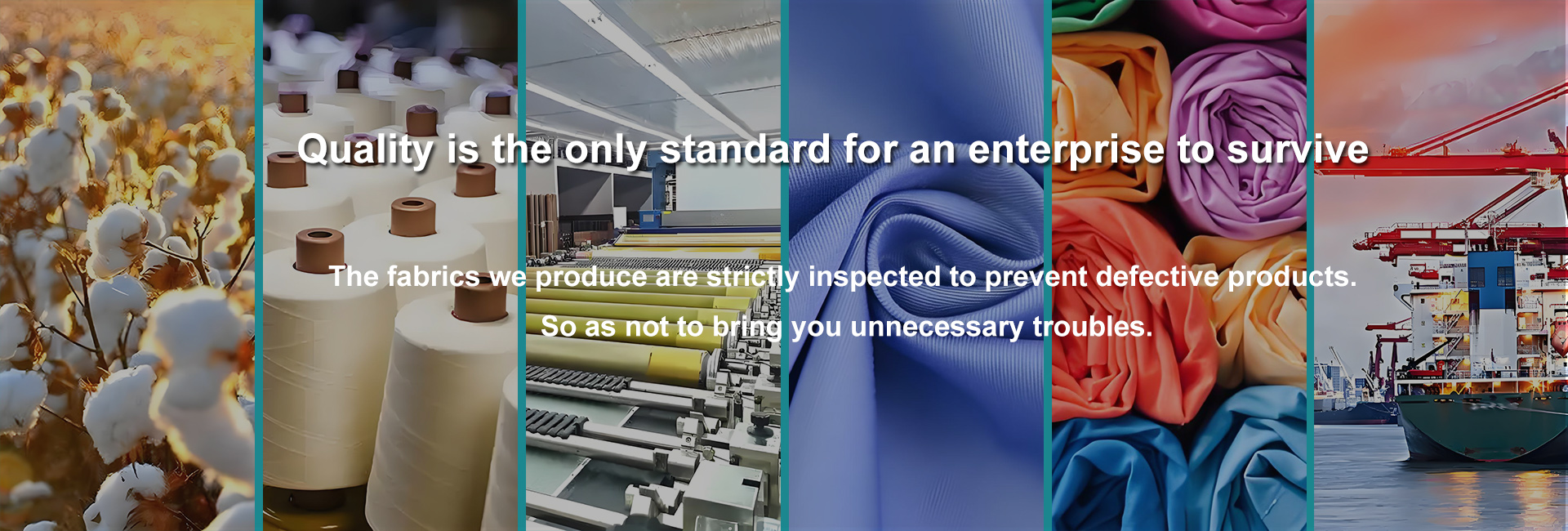What industries are textile fabrics used in
Textile fabrics are widely used in multiple industries, including clothing, home furnishings, medical care, transportation, outdoor facilities, sports equipment, and industrial supplies.
Clothing industry: Textile fabric is the main raw material for clothing, used to make various types of clothing such as shirts, T-shirts, skirts, jeans, suits, formal dresses, etc. Different clothing requires different textile fabrics to meet their functional and stylistic needs.
Home industry: Textile fabrics are also widely used in the home field, such as curtains, tablecloths, sofas, bed sheets, etc. These household items not only require beauty, but also durability, easy cleaning, fire resistance and other characteristics.
Medical industry: Textile fabrics also have important applications in the medical field, such as surgical gowns, patient gowns, medical masks, protective face shields, etc. These medical supplies need to have characteristics such as antibacterial, antiviral, and breathable.
Transportation industry: Textile fabrics are also widely used in the transportation industry, such as car seat cushions, seat belts, tires, etc. These fabrics need to have characteristics such as durability, breathability, and fire resistance.
Outdoor facilities: Textile fabrics are also widely used in the field of outdoor facilities, such as tents, sleeping bags, rope nets, etc. These fabrics need to have waterproof, windproof, breathable and other characteristics.
Sports equipment: Textile fabrics are also used in the field of sports equipment, such as yoga mats, fitness balls, dumbbells, etc. These fabrics need to have characteristics such as anti slip, wear-resistant, and breathable.
Industrial supplies: Textile fabrics are also used in the field of industrial supplies, such as shoe materials, bags, gloves, helmets, etc. These fabrics need to have characteristics such as wear resistance, corrosion resistance, and fire resistance.
In addition, the production process of textile fabrics involves environmental issues, and the use of dyes and additives causes pollution to the environment. Therefore, the application of environmental protection technologies and measures has also received much attention.


